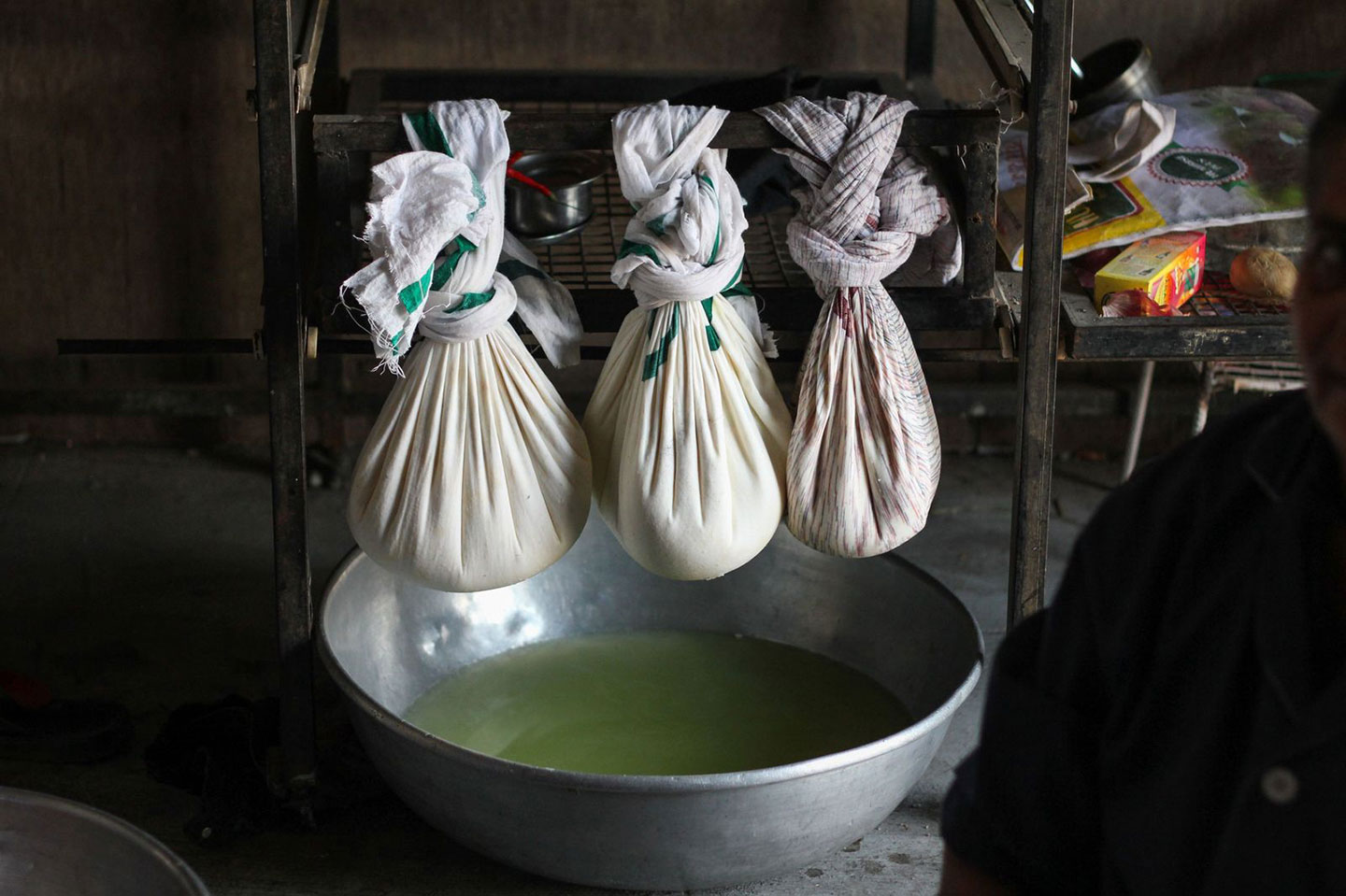
Today, our planet is facing the brunt of decades of missteps when it comes to caring for the environment. In a world that is dangerously close to suffering serious consequences of global magnitude, the term “sustainable living” has become an appealing, efficient, and a much-needed path to a more balanced ecosystem.
What constitutes sustainable living?
Sustainable living refers to a lifestyle wherein one reduces their carbon footprint on the planet, by using their resources, and more importantly Earth’s resources more judiciously.
Sustainable living sees applications in micro as well as macro levels, i.e., it can be observed by individuals and societies or communities alike. There is something everyone, including you, can do, to ensure that the global community is taking steps in the right direction!
How is sustainable living carried out at our foundation?
It is important to understand that “sustainable living” is not one quick step that can make an impactful change. It is, instead, a system of integrated steps that we need to adopt on small and large scales alike.

At the Puranik Foundation, we thought it was imperative that our students learn by practical application, and as such, they practice sustainable living on a daily basis. The foundation, which works on solar energy, has successfully undertaken activities like rainwater harvesting. When children are exposed to such practices at young ages, they will be able to carry it forward to see lasting impacts of their commitment to sustainability, on a global scale.
Why do we deem sustainable living important for young minds?
While concepts like green homes and electric vehicles are popping up on multiple radars across the globe, it is important to remember that the most fundamental steps can prove to have the most lasting impacts. Children question everything! So, when they ask why they are being asked to use certain means of energy instead of others, it opens up a much-needed and often neglected dialogue. Children need to be made aware of not only the problems which they might face in the future, but should also be equipped with the tools, perspectives, and knowledge to combat said issues.

No amount of exposure on the topic is too much, and no amount of effort in the direction of sustainable living is too little!